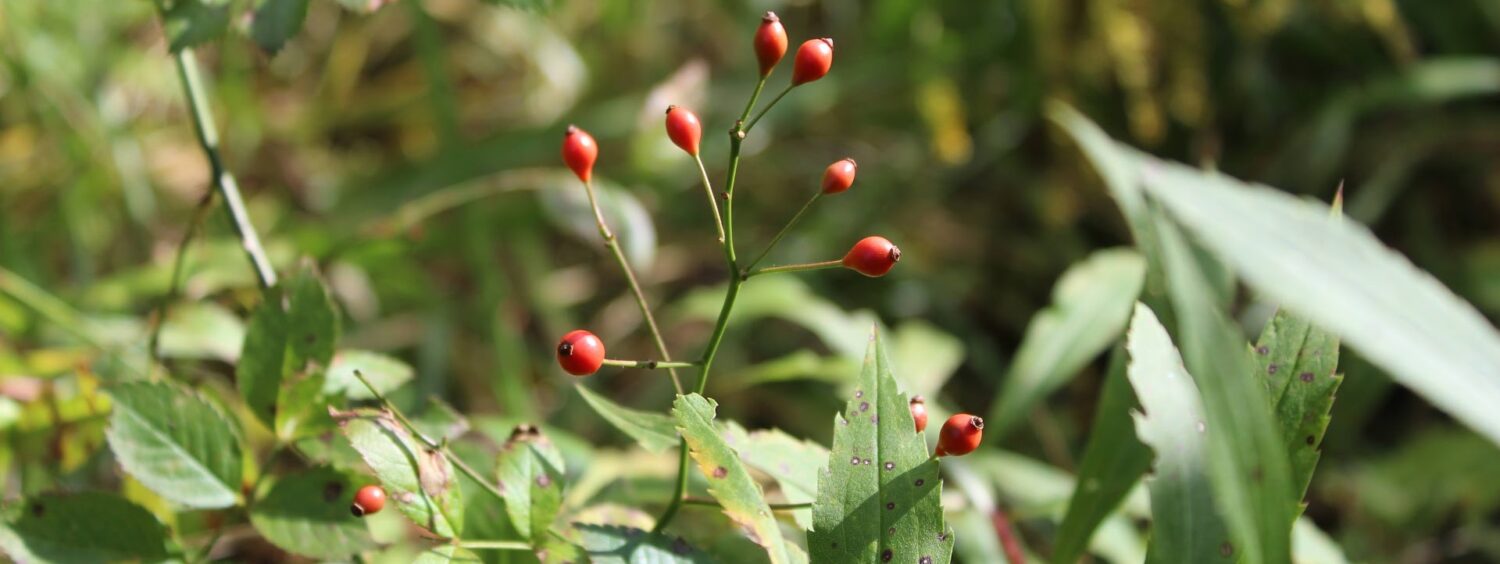Nearly three months have passed since my last visit to Centennial. When I revisited my phenology spot, I was surprised to find that the stream meandering through the area was completely covered in snow. While the wildlife activity and vegetation that I had previously studied lay dormant, a new method of observing Centennial fauna activity has arisen; tracking.
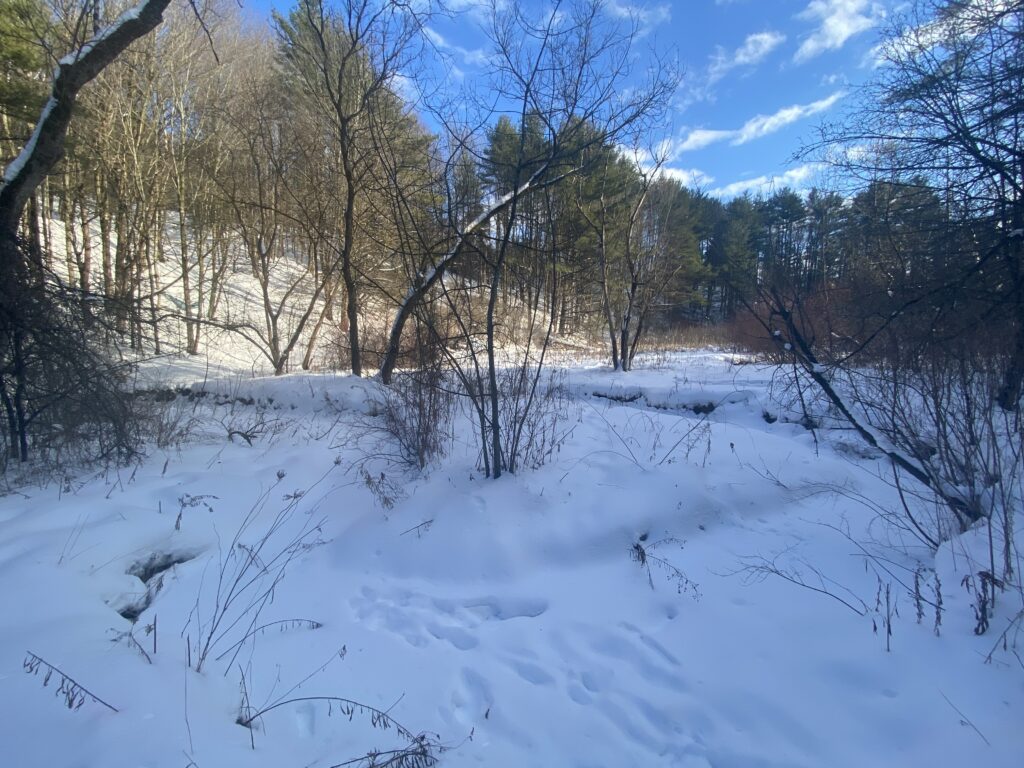
The thick snow coverage has created a canvas that showcases wildlife movement and gives us insight into how these animals interact with their environment through the harshest months of the year.
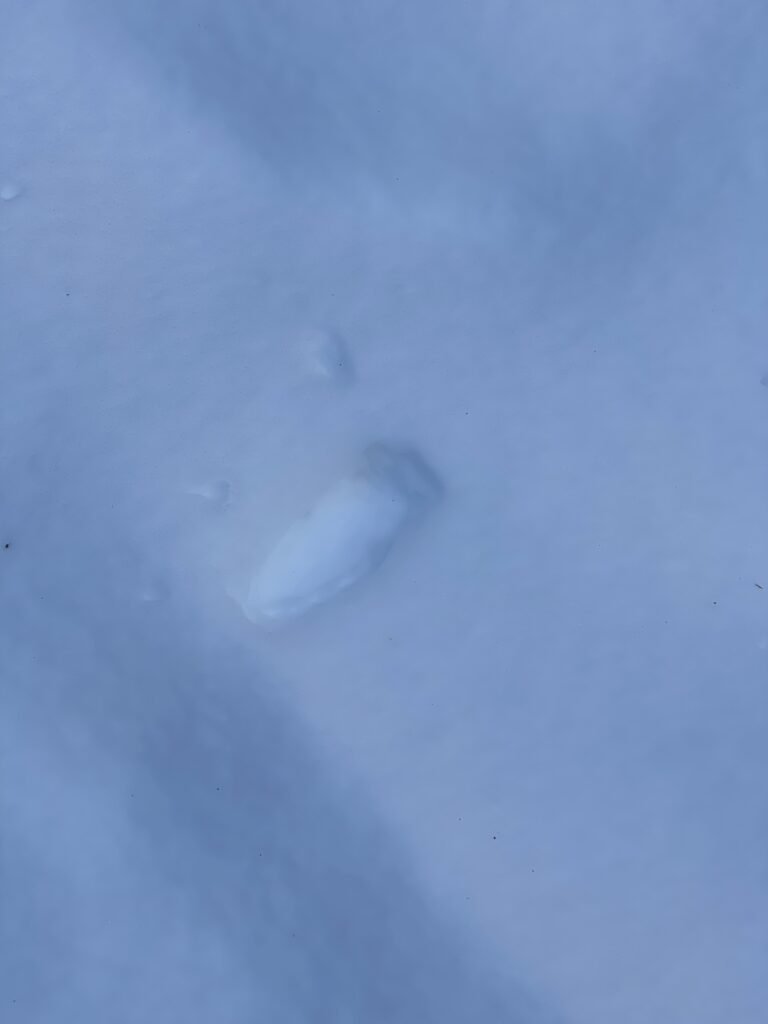
The Cottontail rabbit undergoes several adaptations to stay active and survive the winter. Due to the lack of vegetation, Cottontails will shift to woody diets. Cottontails do most of their foraging at night and hide from predators during the day.
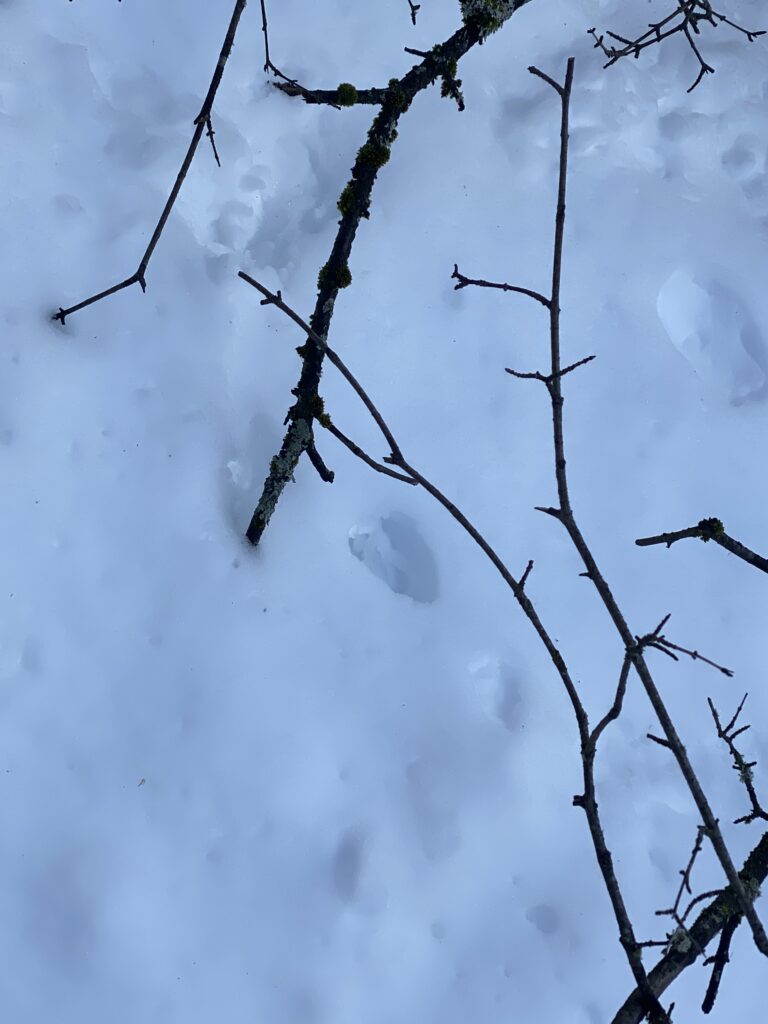
Like the Cottontail rabbit, the White-tailed deer shifts from a herbaceous diet to a woody one through the winter. White-tailed deer are especially vulnerable in deep snow and tend to form “deer yards” in sheltered locations to increase their chances of survival.
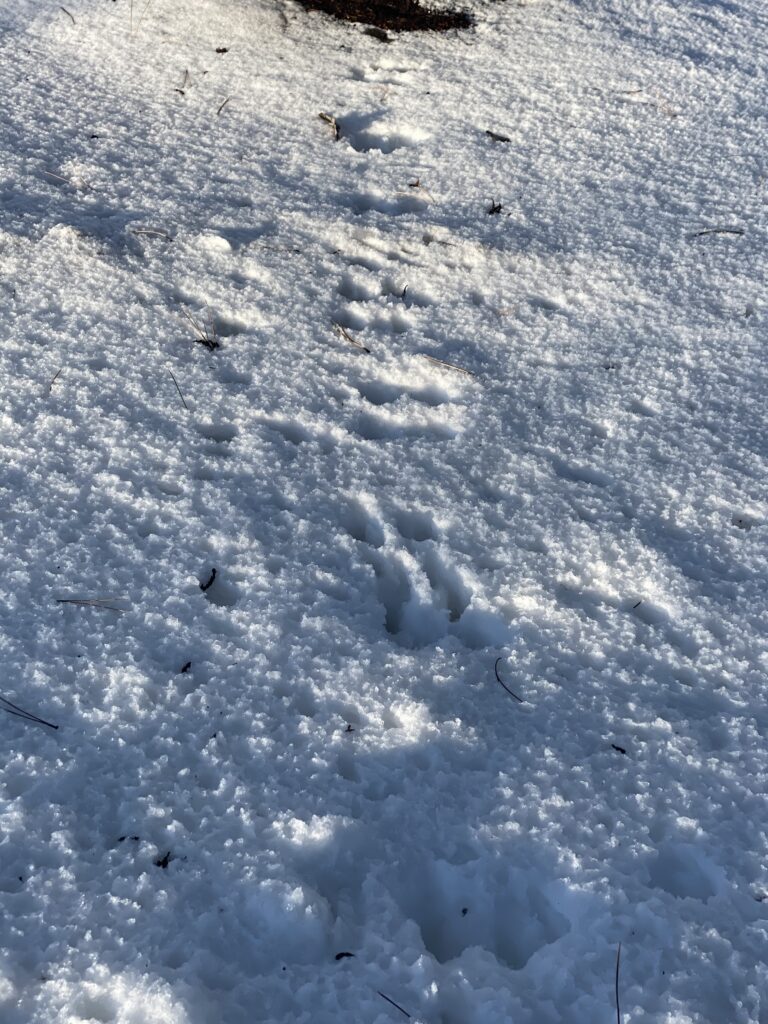
Eastern Gray squirrels develop more foot hair in the winter that covers their claws and protects from the cold. The hair also allows the squirrels to move rapidly over the snow.
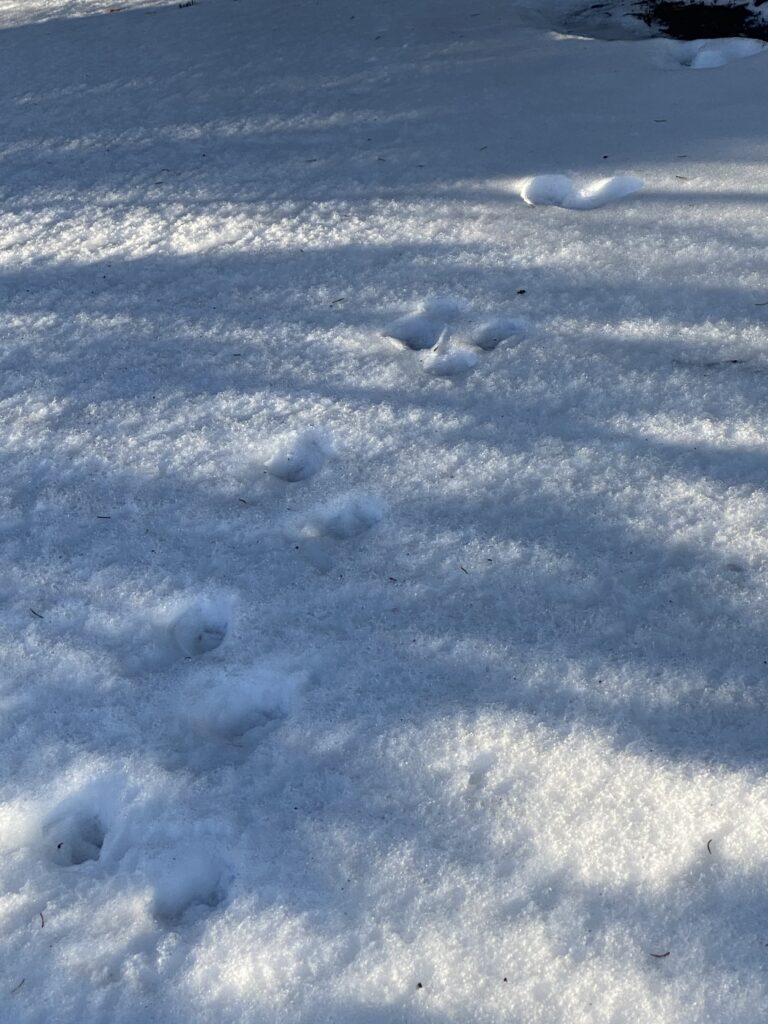
American Minks are members of the weasel family. They develop thicker fur to stay warm throughout the winter. American Minks are a relatively common, but highly protected species in Vermont.
Works Cited
Holland, M., & Kaneko, C. (2019). Naturally curious: A photographic field guide and month-by-month journey through the fields, woods, and marshes of New England. North Pomfret, Vermont.: Trafalgar Square Books.
